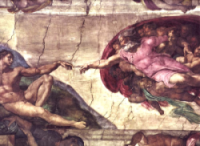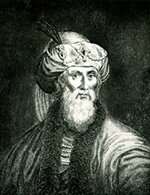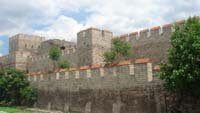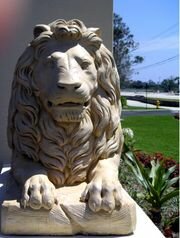 In Judaism, the name of God is more than a distinguishing title. It represents the Jewish conception of the divine nature, and of the relation of God to the Jewish people. In awe at the sacredness of the names of God, and as a means of showing respect and reverence for them, the scribes of sacred texts took pause before copying them, and used terms of reverence so as to keep the true name of God concealed. The various names of God in Judaism represent God as he is known, as well as the divine aspects which are attributed to him.
In Judaism, the name of God is more than a distinguishing title. It represents the Jewish conception of the divine nature, and of the relation of God to the Jewish people. In awe at the sacredness of the names of God, and as a means of showing respect and reverence for them, the scribes of sacred texts took pause before copying them, and used terms of reverence so as to keep the true name of God concealed. The various names of God in Judaism represent God as he is known, as well as the divine aspects which are attributed to him.The numerous names of God have been a source of debate amongst biblical scholars — some have advanced the variety as proof that the Torah has many authors, while others declare that the different aspects of God have different names, depending on the role God is playing, the context in which he is referred to and the specific aspects which are emphasized.
The most important and most often written name of God in Judaism is the Tetragrammaton, the four-letter name of God. This name is first mentioned in the book of Genesis and is usually translated as 'the LORD'. Because Judaism forbids pronouncing the name outside the Temple, the correct pronunciation of this name has been lost—the original Hebrew texts only included consonants. Some scholars conjecture that it was pronounced "Yahweh". Hebraist Joel M. Hoffman suggests that it never had a pronunciation. The Hebrew letters are named Yod-Heh-Vav-Heh: יהוה; note that Hebrew is written from right to left, rather than left to right as in English. In English it is written as YHWH, YHVH, or JHVH depending on the transliteration convention that is used. The Tetragrammaton was written in contrasting Paleo-Hebrew characters in some of the oldest surviving square Aramaic Hebrew texts, and it is speculated that it was, even at that period, read as Adonai, "My Lord", when encountered.



























